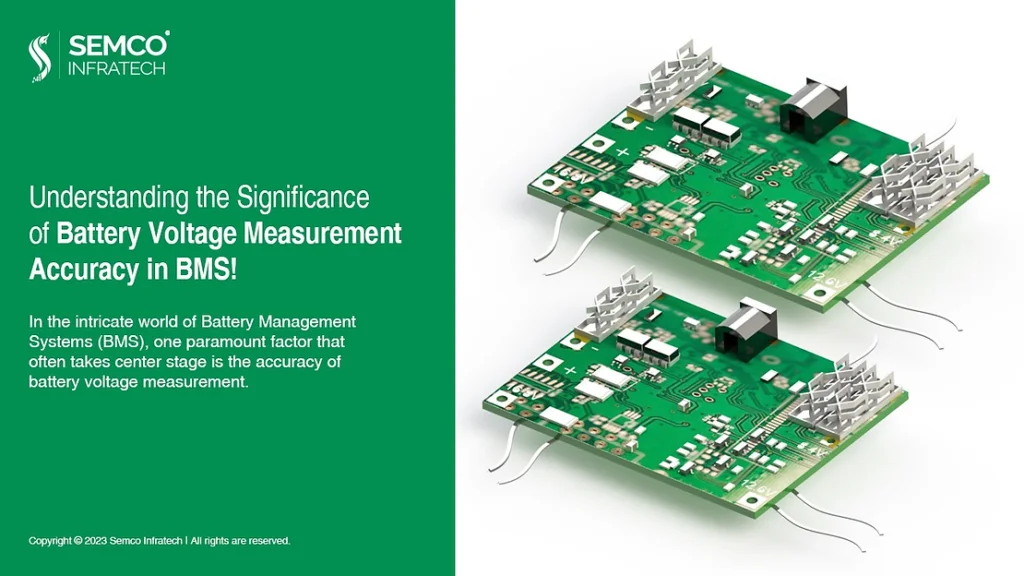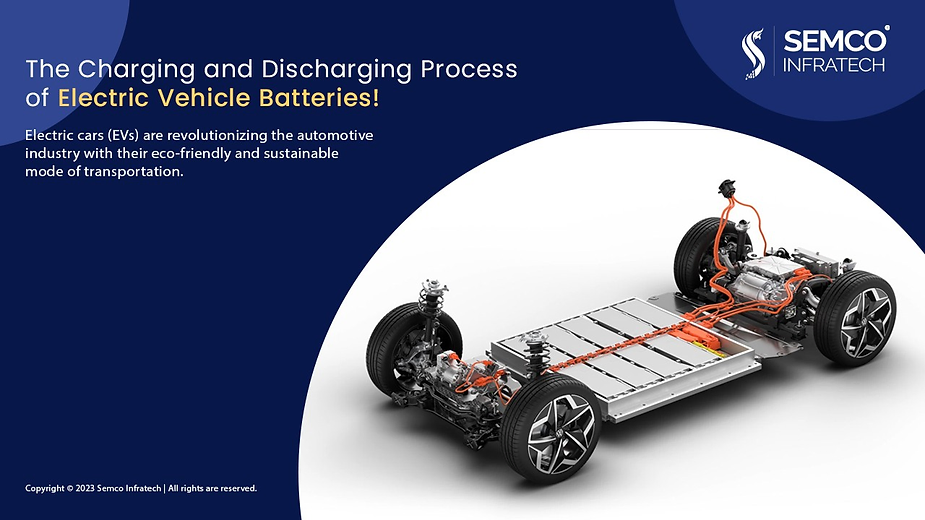
In the intricate world of Battery Management Systems (BMS), one paramount factor that often takes center stage is the accuracy of battery voltage measurement. Multiple lithium-ion battery manufacturing equipment suppliers usually ignore BMS accuracy. This seemingly technical parameter plays a pivotal role in determining the estimation error of a battery’s State of Charge (SoC). But what exactly is SoC, and why is it essential?
Let’s unravel the intricacies by considering lithium iron phosphate batteries as a prime example. These batteries exhibit a specific correlation between their Open Circuit Voltage (OCV) and SoC. To understand this, one needs to recognize the non-linear nature of the OCV-SoC curve. This curve depicts the relationship between the OCV of lithium iron phosphate batteries and their corresponding SoC.
As the battery undergoes discharging, internal chemical reactions lead to a gradual reduction in the OCV. Conversely, during the charging process, these reactions elevate the internal electrochemical potential energy of the battery, resulting in an OCV increase. The OCV-SoC curve takes on a distinctive shape, with steep voltage changes between SoC values of 0-20% and 80-100%. In contrast, the voltage shift is more gradual between SoC values of 20-80%.
This curve forms the basis for the Open Circuit Voltage method employed in practical applications to estimate SoC. It relies on measuring the battery’s OCV. However, the accuracy of this estimation hinges on the precision of voltage measurements. A minuscule 1-millivolt (1mV) fluctuation in OCV can translate to a substantial 5% variation in SoC. This relationship is depicted in Figure 2, where you can observe how the change rate of each millivolt of voltage corresponds to different SoC values in the case of a typical lithium iron phosphate battery.
In practical terms, this signifies that if your voltage measurement is accurate to within 1mV, your SoC estimation will have an accuracy of approximately 5%. Furthermore, the change rate of each millivolt voltage corresponding to SoC differs for various charge states, thereby affecting SoC estimation accuracy across different charge states.
It’s important to note that the discussion thus far pertains to the influence of voltage measurement accuracy solely when the OCV method is used for SoC estimation. In practice, other factors, such as discharge rate and operating temperature, also affect SoC estimation accuracy. To enhance accuracy, SoC estimation methods often employ a combination of approaches, including the ampere integral method, advanced techniques like Kalman filtering, or even cutting-edge deep learning AI algorithms.
As battery technology continues to evolve, precise voltage measurement remains integral to ensuring optimal SoC estimation, contributing to the efficiency and performance of various applications, from portable electronics to electric vehicles and renewable energy systems. Accurate voltage measurement enables intelligent BMS to optimize battery performance and enhance overall system reliability.





